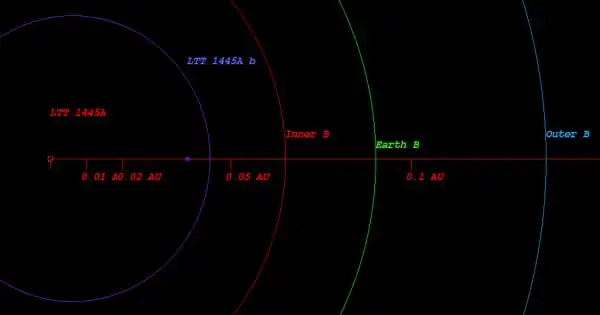Researchers at the Universities of Melbourne and Manchester have developed a novel method for producing highly pure silicon, bringing powerful quantum computers a step closer. According to the researchers, the new technique for engineering ultra-pure silicon makes it the ideal material for building large-scale, high-accuracy quantum computers.
Professor David Jamieson of the University of Melbourne, project co-supervisor, stated that the innovation, published today in Communication Materials, a Nature journal, uses qubits of phosphorous atoms implanted into crystals of pure stable silicon and has the potential to overcome a critical barrier to quantum computing by extending the duration of notoriously fragile quantum coherence.
“Fragile quantum coherence means computing errors build up rapidly. With robust coherence provided by our new technique, quantum computers could solve in hours or minutes some problems that would take conventional or ‘classical’ computers – even supercomputers – centuries,” Professor Jamieson said.
Our technique opens the path to reliable quantum computers that promise step changes across society, including in artificial intelligence, secure data and communications, vaccine and drug design, energy use, logistics, and manufacturing.
Professor Jamieson
Quantum bits, or qubits*, the building elements of quantum computers, are sensitive to small changes in their surroundings, such as temperature fluctuations. Current quantum computers can only maintain error-free coherence for a fraction of a second while operating in calm refrigerators near absolute zero (minus 273 degrees Celsius).
Professor Richard Curry, co-supervisor at the University of Manchester, stated that ultra-pure silicon enabled the creation of high-performance qubit devices, which are a vital component in the development of scalable quantum computers.
“What we’ve been able to do is effectively create a critical ‘brick’ needed to construct a silicon-based quantum computer. It’s a crucial step to making a technology that has the potential to be transformative for humankind,” Professor Curry said.
Lead author Ravi Acharya, a joint University of Manchester/University of Melbourne Cookson Scholar, said the great advantage of silicon chip quantum computing was it used the same essential techniques that make the chips used in today’s computers.

“The billions of transistors found in today’s computer chips can also be employed to generate qubits for silicon-based quantum devices. To yet, the purity of the silicon starting material has hindered the capacity to generate high-quality silicon qubits. The breakthrough purity demonstrated here addresses this difficulty.”
Professor Jamieson stated that the new highly pure silicon computer chips house and safeguard the qubits, allowing them to sustain quantum coherence for much longer, enabling sophisticated calculations with significantly less error correction.
“Our technique opens the path to reliable quantum computers that promise step changes across society, including in artificial intelligence, secure data and communications, vaccine and drug design, energy use, logistics, and manufacturing,” he said.
Silicon – made from beach sand – is the key material for today’s information technology industry because it is an abundant and versatile semiconductor: it can act as a conductor or an insulator of electrical current, depending on which other chemical elements are added to it.
“Others are experimenting with alternatives, but we believe silicon is the leading candidate for quantum computer chips that will enable the enduring coherence required for reliable quantum calculations,” Professor Jamieson said.
“The problem is that, while naturally occurring silicon is predominantly the desirable isotope silicon-28, it also contains approximately 4.5 percent silicon-29. Silicon-29 contains an additional neutron in each atom’s nucleus, which serves as a tiny rogue magnet, disrupting quantum coherence and causing computing faults,” he explained.
The researchers focused a high-speed beam of pure silicon-28 on a silicon chip, eventually replacing the silicon-29 atoms in the chip and lowering silicon-29 from 4.5% to two parts per million (0.0002%).
“The great news is to purify silicon to this level, we can now use a standard machine – an ion implanter – that you would find in any semiconductor fabrication lab, tuned to a specific configuration that we designed,” Professor Jamieson stated.















